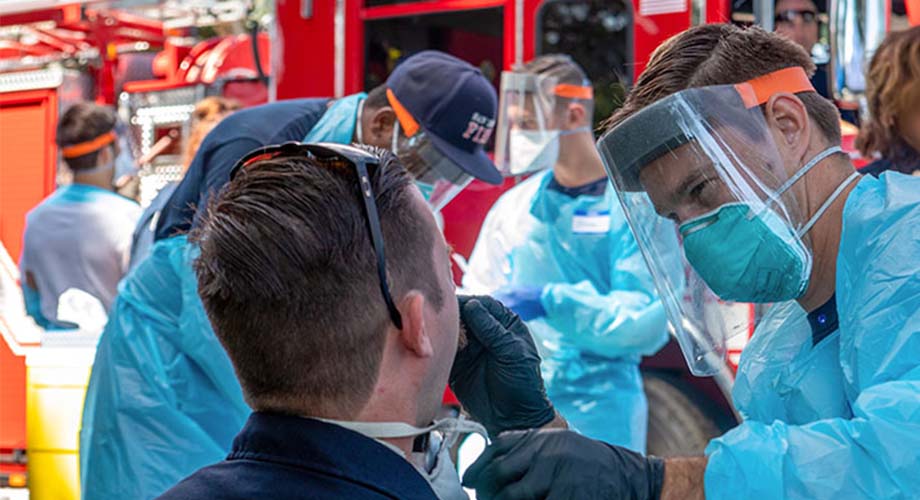Thanks to Eileen Leahy from Elsevier and Chhavi Chauhan, Director of Scientific Outreach for the Journal of Molecular Diagnostics, for sharing this post here.
A novel non-invasive technique may detect human papilloma virus-16, the strain associated with oropharyngeal cancer, in saliva samples, reports The Journal of Molecular Diagnostics.
Philadelphia, December 13, 2019 – Unfortunately, cancers that occur in the back of the mouth and upper throat are often not diagnosed until they become advanced, partly because their location makes them difficult to see during routine clinical exams. A report in The Journal of Molecular Diagnostics, published by Elsevier, describes the use of acoustofluidics, a new non-invasive method that analyzes saliva for the presence of human papilloma virus (HPV)-16, the pathogenic strain associated with oropharyngeal cancers (OPCs). This novel technique detected OPC in whole saliva in 40 percent of patients tested and 80 percent of co published by Elsevier, describes the use of acoustofluidics, a new non-invasive method that analyzes saliva for the presence of human papilloma virus (HPV)-16, the pathogenic strain associated with oropharyngeal cancers (OPCs). This novel technique detected OPC in whole saliva in 40 percent of patients tested and 80 percent of confirmed OPC patients.
“OPC has an approximate incidence of 115,000 cases per year worldwide and is one of the fastest-rising cancers in Western countries due to increasing HPV-related incidence, especially in younger patients. It is paramount that surveillance methods are developed to improve early detection and outcomes,” explained co-lead investigator Tony Jun Huang, PhD, Department of Mechanical Engineering and Materials Science, Duke University, Durham, NC, USA.
“Considering these factors, the successful detection of HPV from salivary exosomes isolated by our acoustofluidic platform offers distinct advantages, including early detection, risk assessment, and screening,” added Dr. Huang. This technique may also help physicians predict which patients will respond well to radiation therapy or achieve longer progression-free survival.
Continue reading




